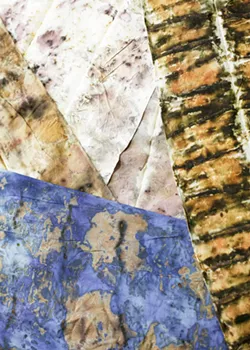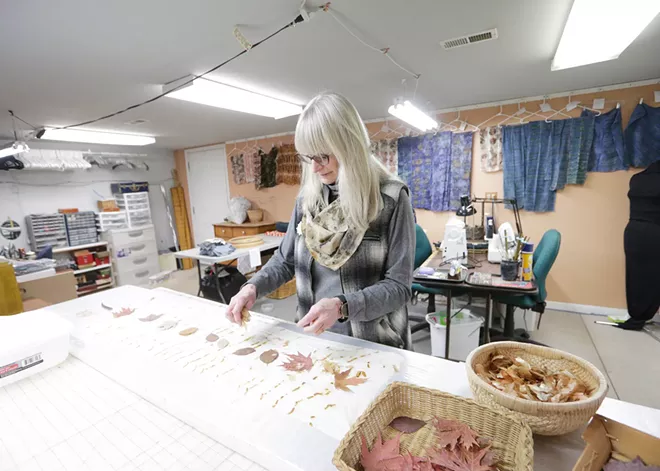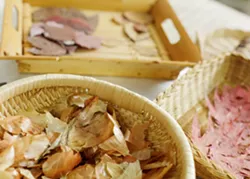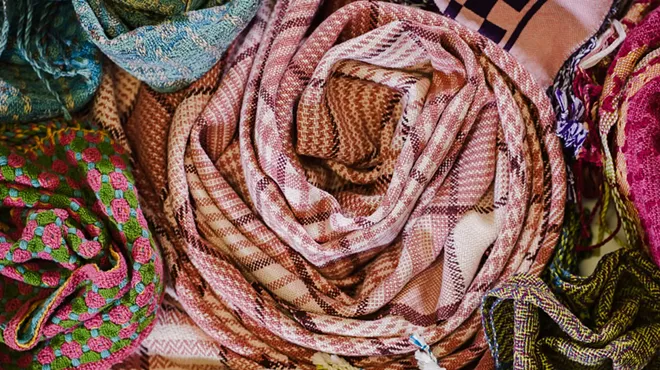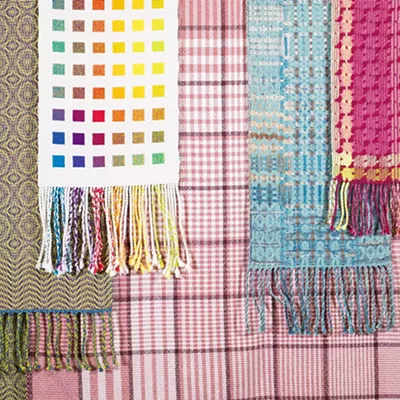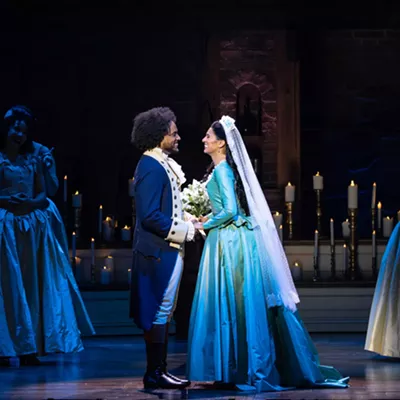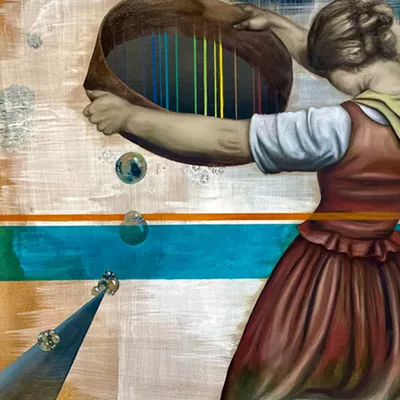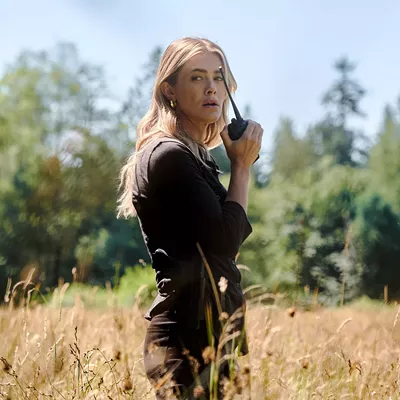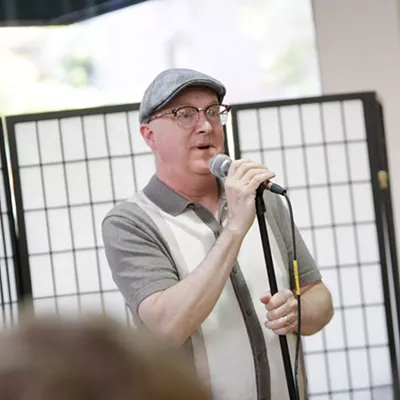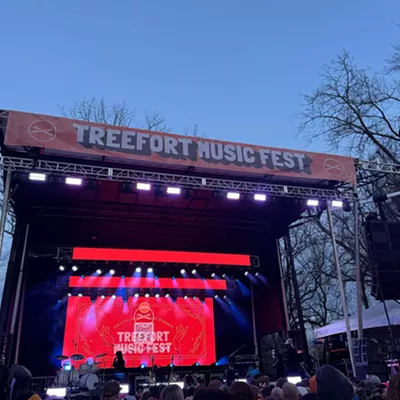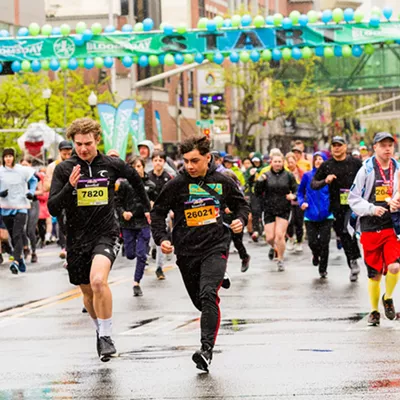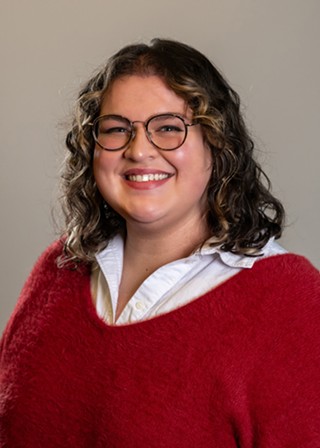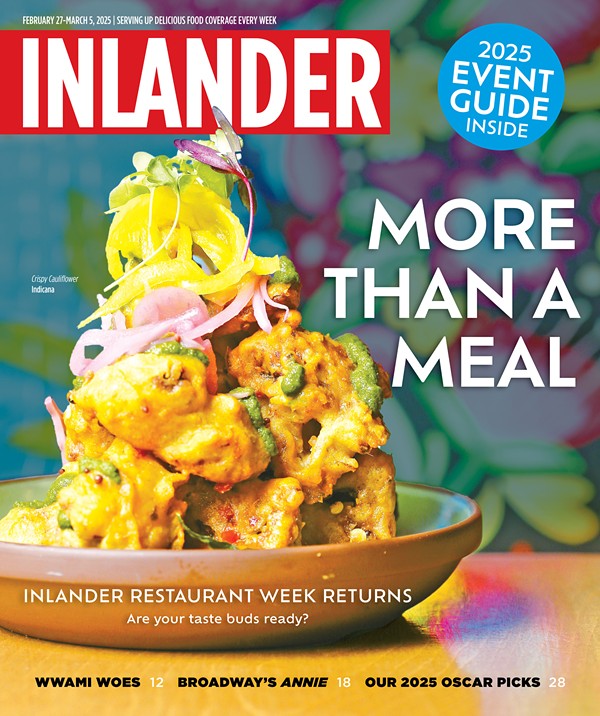The natural world and fiber arts have always been intrinsically tied.
Before the introduction of synthetic materials such as polyester and acrylic, all fiber was made using plant or animal sources: wool from sheep hair, cotton from cotton seed pods or silk from the cocoons of silkworms.
Early cave paintings from 8000 BC suggest evidence of clothing in the Paleolithic period, showing that from our earliest days on Earth, humans have been taking natural resources and creating functional items out of fiber.
Nan Drye has been drawn to this intimate connection since she was a child living in Missouri.
"When I was a kid we lived on the farthest north street of Kansas City, right on the edge of the woods," she says. "I played out there and would go pick up leaves along the way."
She found the leaves fascinating and would keep them to admire until her next outing. Decades later and in a different state, Drye continues this practice in her adult life through the process of ecoprinting, a natural textile dyeing technique she discovered after attending a paper-making workshop in the late 2000s and reading Eco Colour: Botanical Dyes for Beautiful Textiles by India Flint.
The book details several methods for dyeing textiles using plants rather than chemically laden synthetic dyes. Flint's goal is to show how to do the "least possible harm to the dyer, the end user of the object, and the environment."
The walls of Drye's Spokane Valley studio are draped with flowing silk scarves while the countertops are home to boxes of dried leaves waiting to be used in her next project.
The process is simple: A silk textile is dunked in a mixture of vinegar and water, and then leaves (either dried or fresh, depending on the time of year) are laid out in a pattern across the fabric. Drye then lays a twig vertically across the leaves to keep everything in place as she rolls and rubberbands the bundle. The fabric is then taken outside and placed in a steaming pot, where it'll stay for about an hour as the natural dyes inside the leaves do their thing. Once Drye's timer goes off, she unrolls the fabric, removes the plant pieces and hangs the textile up to dry for a few days.
What results is a rustic and completely unique textile made of natural fiber and natural dye. On some items, outlines of the leaves or flower petals used are evident. On others, the dyes bleed together creating an earthy amalgamation of colors and patterns. Each item is eventually sold via her Etsy shop, DryeGoods, or at a local art market like 33 Artists Market or the Manito Park Art Festival.
"Everything is green to start with, but then you get this crazy array of color and patterns once it's done," Drye says of the leaves. "Every plant reacts differently to the ecoprinting process."
Nearly every plant Drye uses is locally sourced. The artist often walks the Centennial Trail near her home or visits area parks to collect vegetation off the ground. It's harder to use naturally foraged plants during the cold Inland Northwest winters, though, so she occasionally uses outsourced material.
Drye's favorite plant to use is the invasive and plentiful spotted knapweed as well as balsam root and oak leaves. Her husband helps out, too, by growing candy sweet onions. Drye uses the onion skins to add pink or red bursts of color to scarves, shirts, wall hangings and other items.
"Not every plant works," she says. "You have to experiment around and see what you're going to get out of things. But in the end, it's this magical thing that nature can do." ♦


